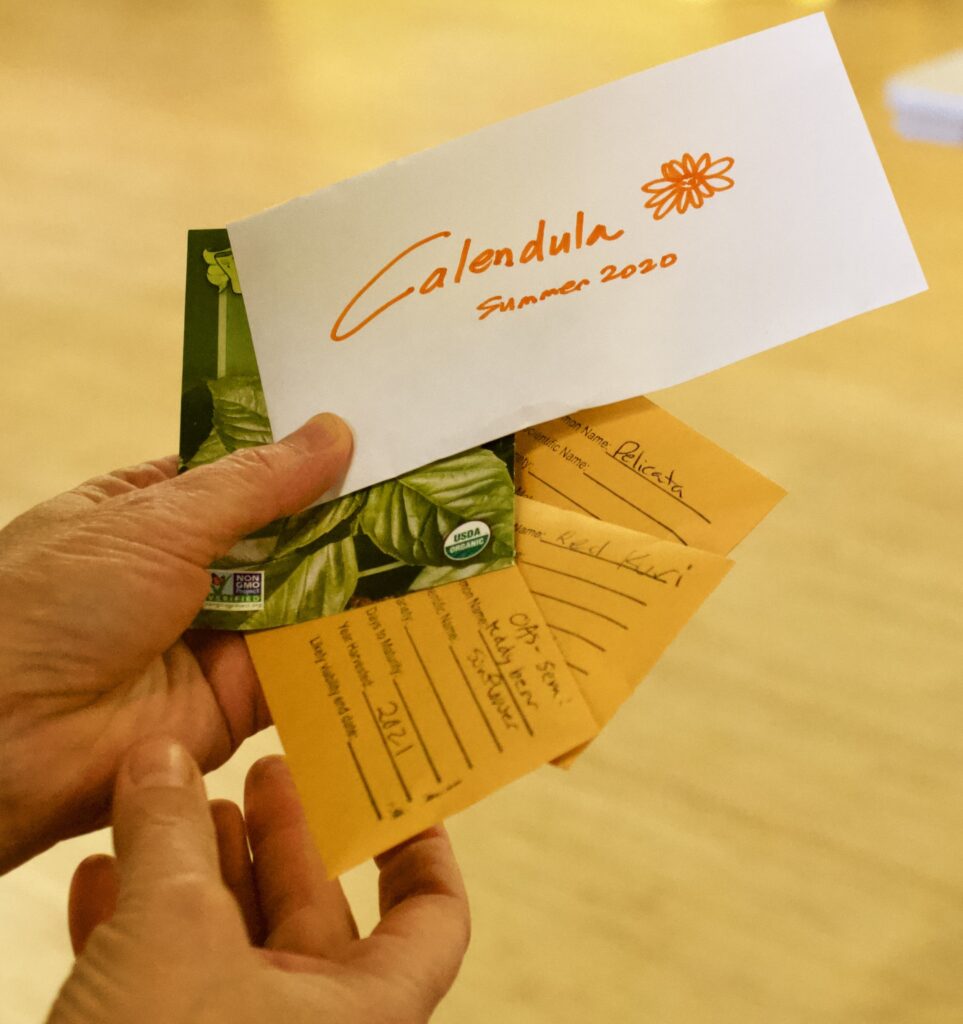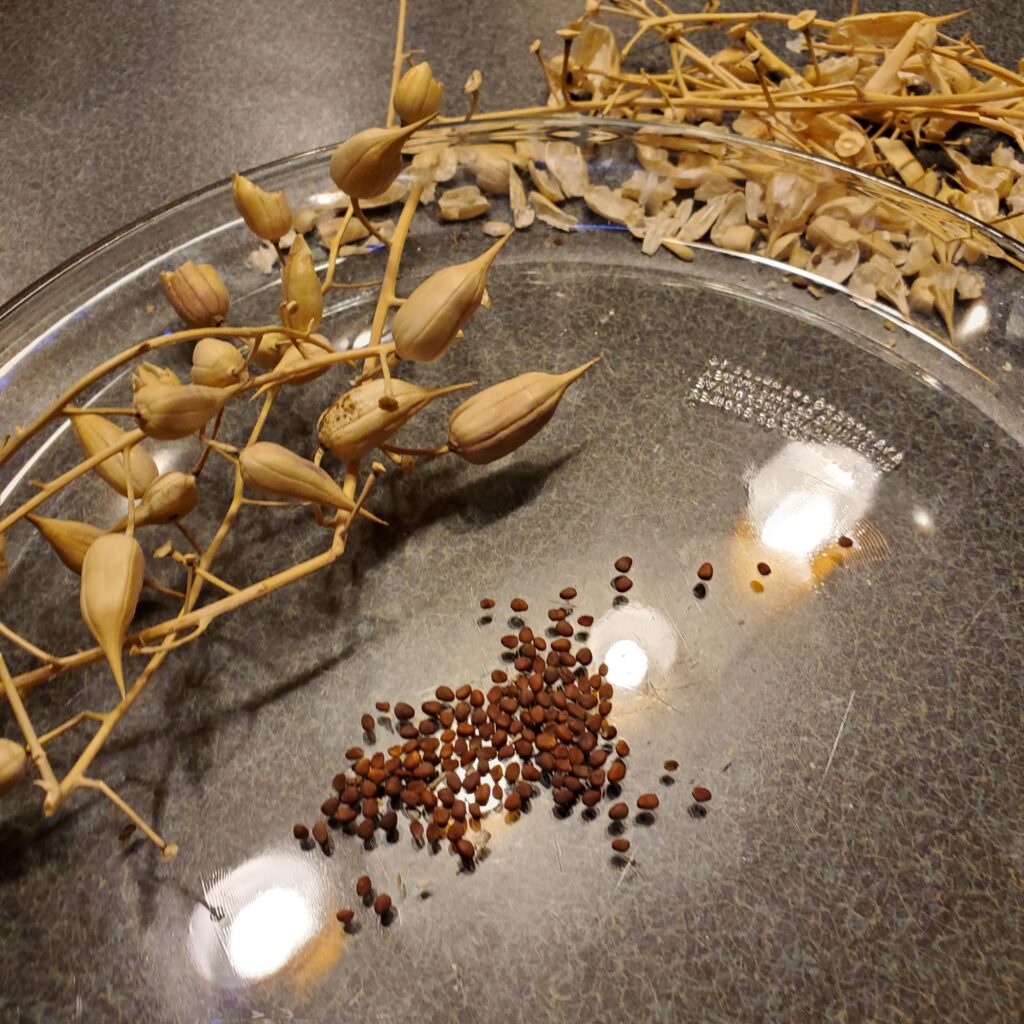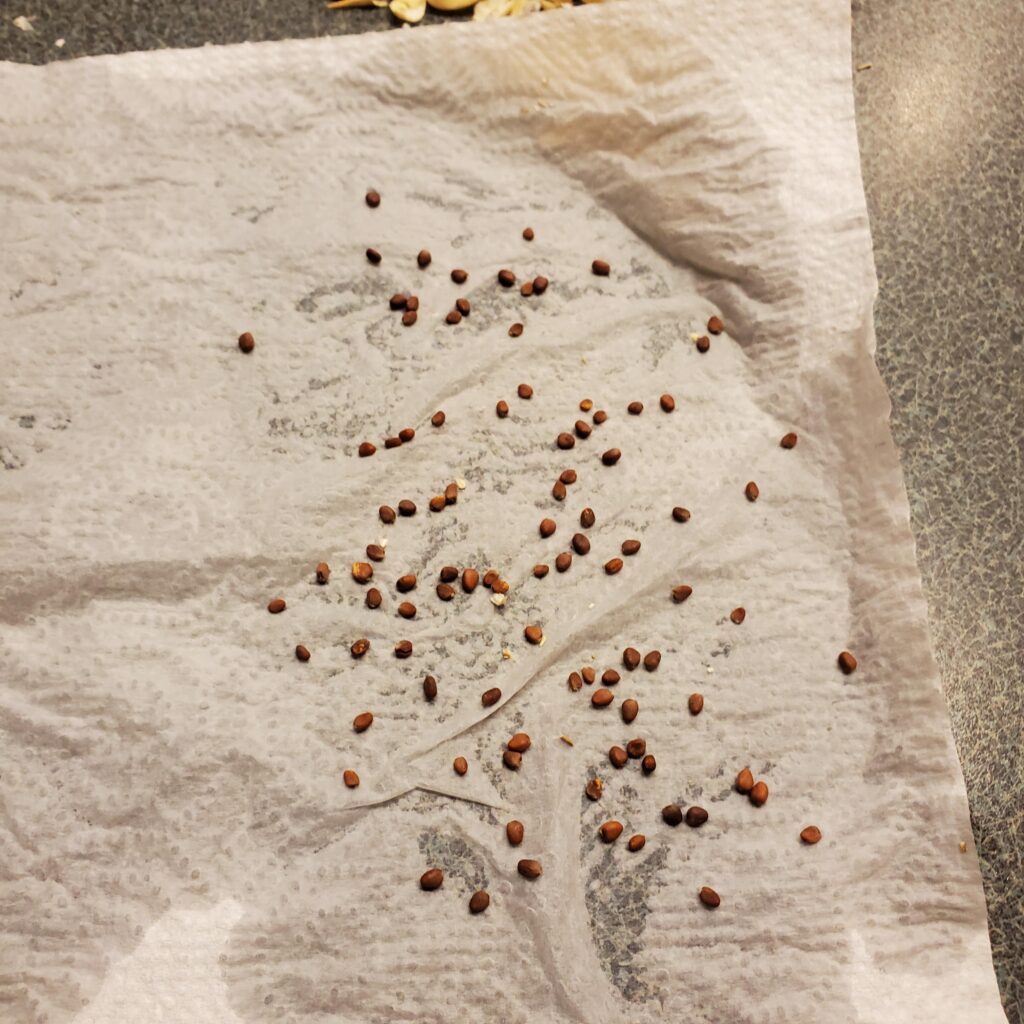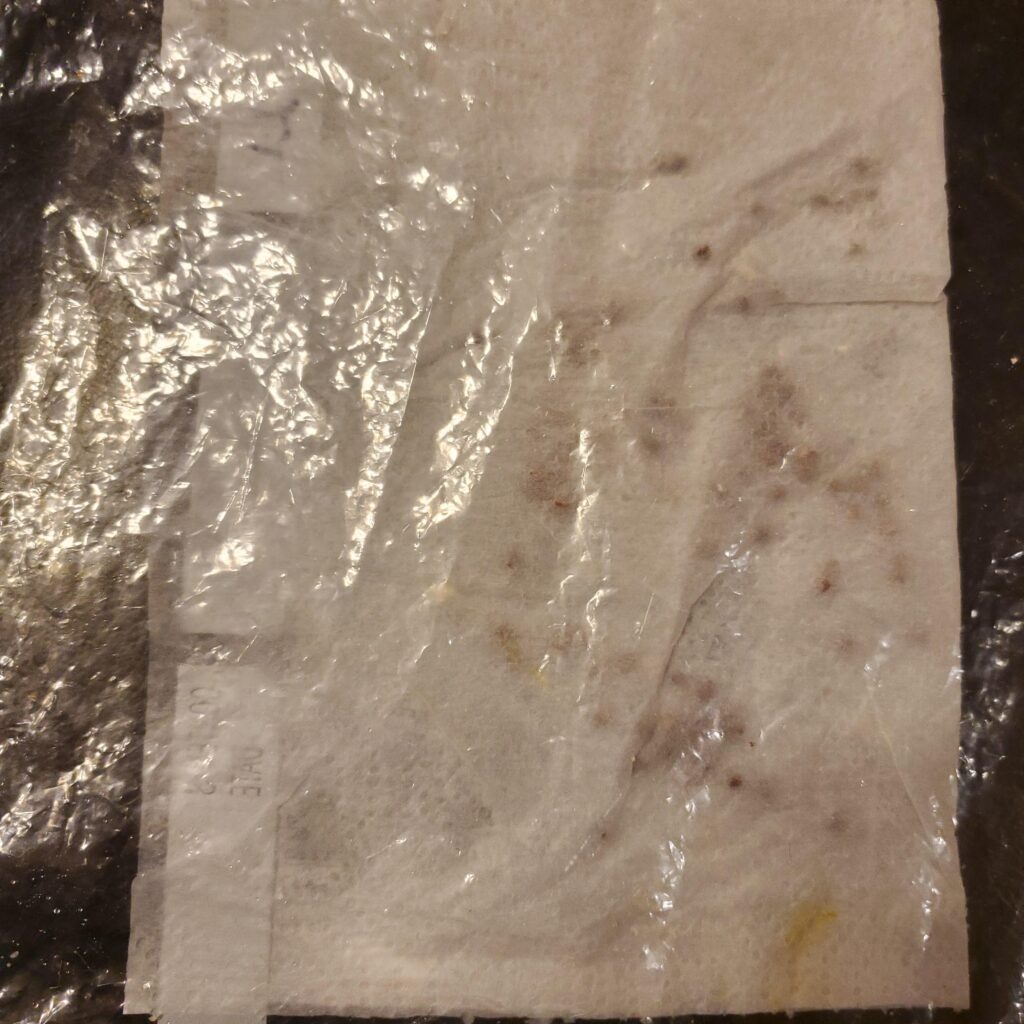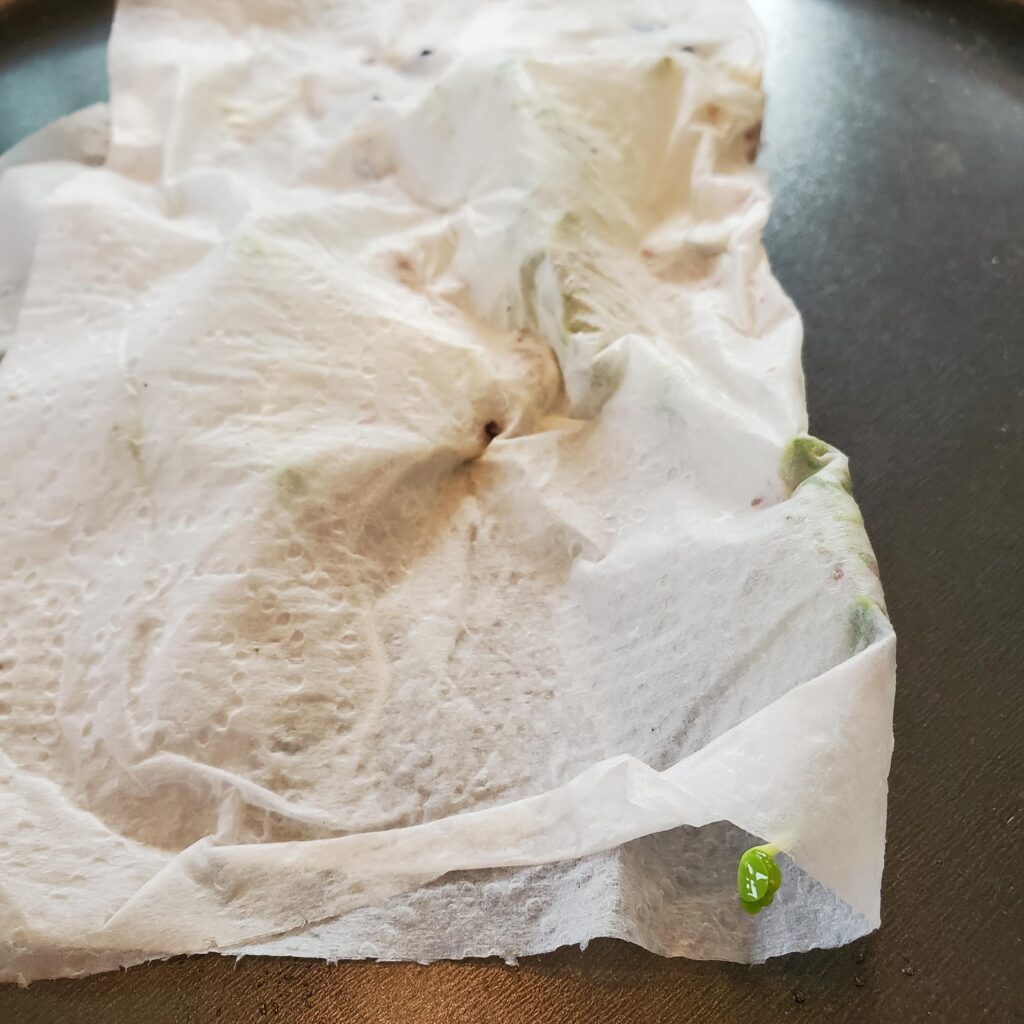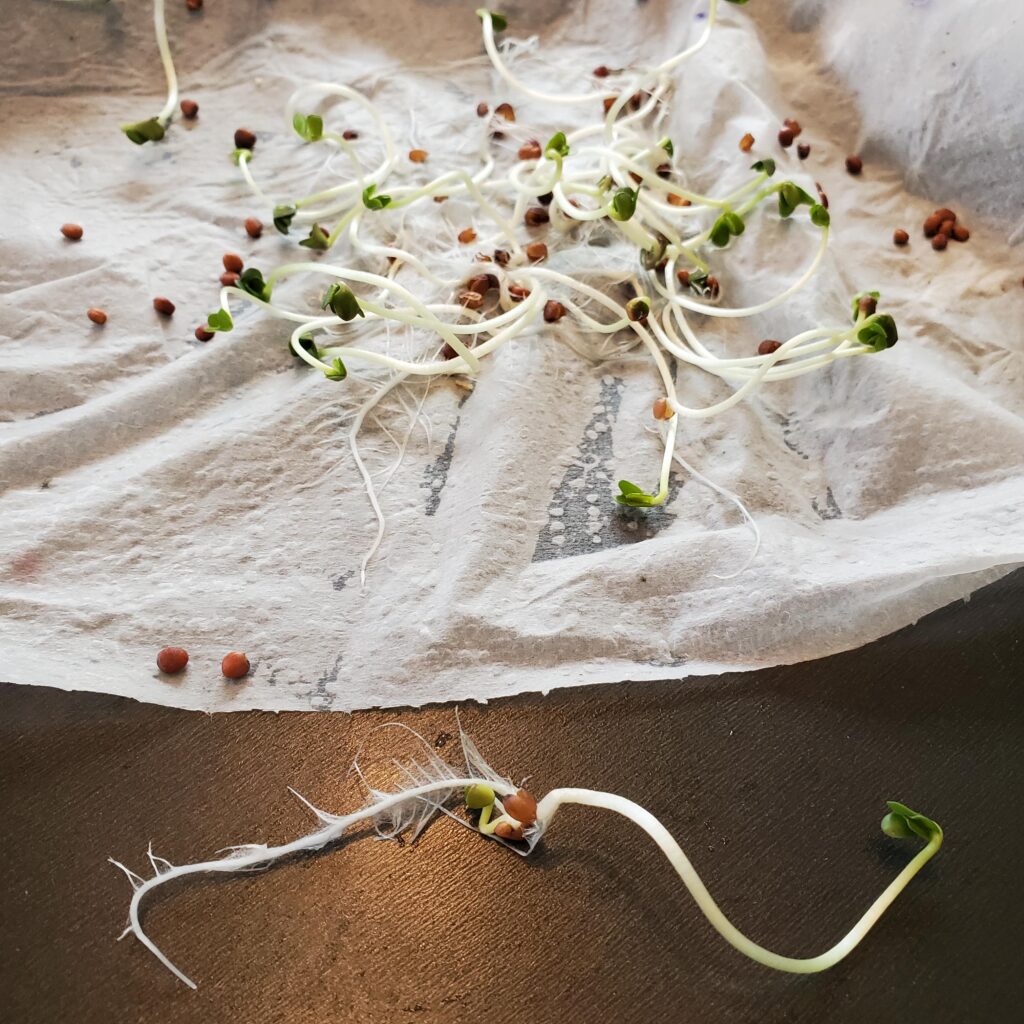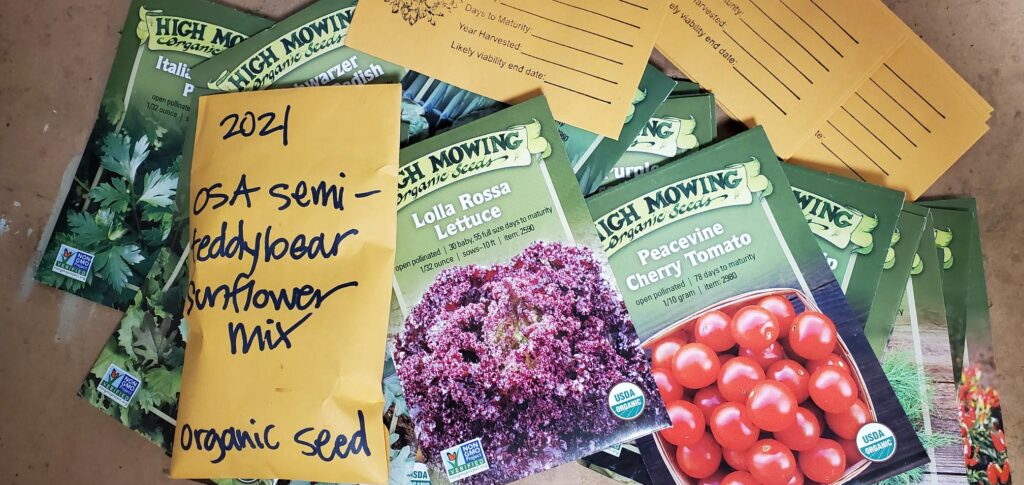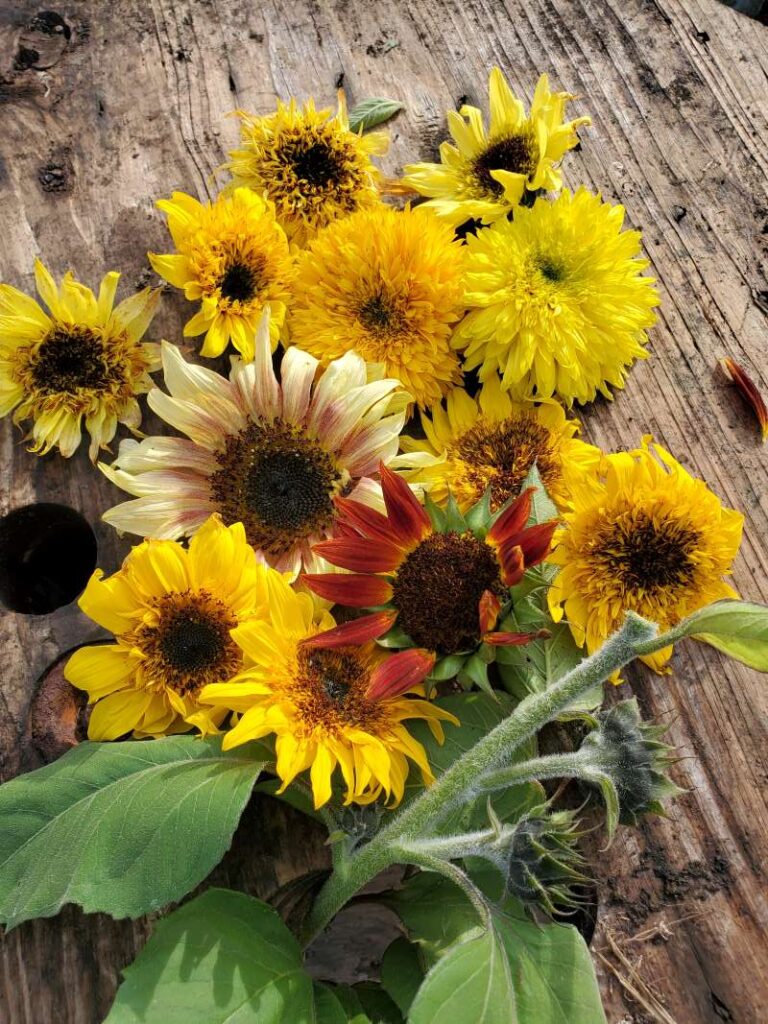It’s always exciting to try new edible crops in the garden. Not only do you keep things fresh, which is a great goal for life as well as the kitchen, but a bit of a challenge can turn into a delightful achievement.
So why not try a new variety at the Great Seattle Seed Swap?
Browse the tables under signs for crop categories like Salad Greens, Tomatoes or Brassicas (and find out what Brassicas are-it’s OK if you don’t know). Ask another swapper what they’ve tried. Look up a variety in the stack of catalogs on a nearby table. Then just shake a few seeds into a packet, label it, and take home your treasure.
The goal of the King County Seed Lending Library is to celebrate seed. Sending you home with a new variety that may surprise you when it pops up out of the soil is the best way.
What seeds will be at the Swap?
The lending library has a supply of seeds donated by gardeners and seed companies that range from salad greens to squashes.
Some people will come to the swap with their extra seed packets or home-saved seeds (it’s not required but encouraged, just like masking!). And every year a couple of seed companies send us donations of seed to share.
This year we will enjoy selections from our friends at Adaptive Seeds in Bellingham and High Mowing Organic Seeds in Vermont. Seed from two wonderful corners of the country!
We can’t list all the types of crops and varieties that will be on the tables, but that’s part of the fun. Come and find out!
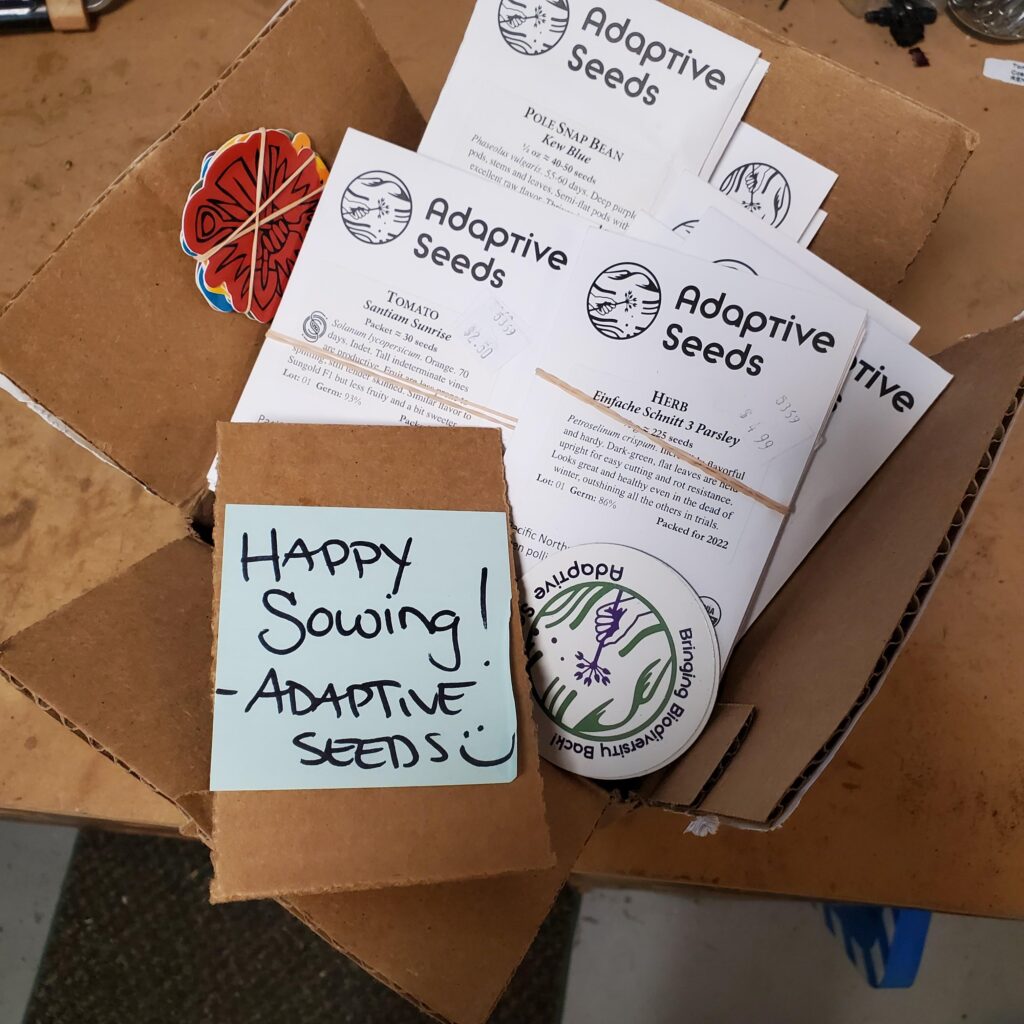
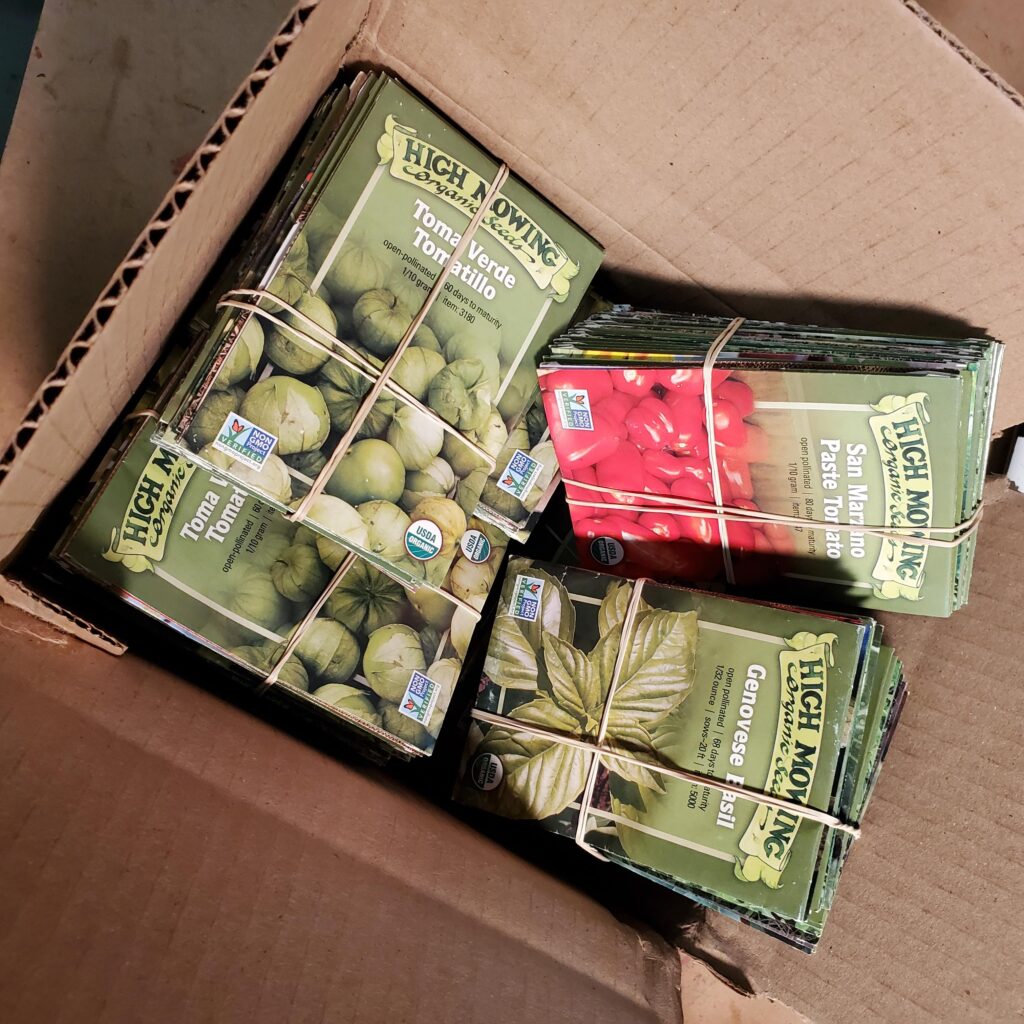
What else happens at the Swap?
Glad you asked! Some fantastic greening organizations and community partners will join us with tables of their own. Get your gardening questions answered, learn about growing fruit in your yard, and find out how to borrow tools from a community tool library!
These great groups will be on hand:
- The Garden Hotline, managed by Tilth Alliance
- City Fruit
- Seattle Tree Fruit Society
- Sustainable Ballard
- Sustainable Northeast Seattle
- The Phinney Tool Lending Library
If you want a bit of education with your seeds, we will also hold a short talk on the basics of seed saving.
The Great Seattle Seed Swap is Saturday, April 1, 2-4 p.m., at the Phinney Neighborhood Center, 6532 Phinney Ave. N., in the Community Hall of the Brick Building. See our Facebook event.

